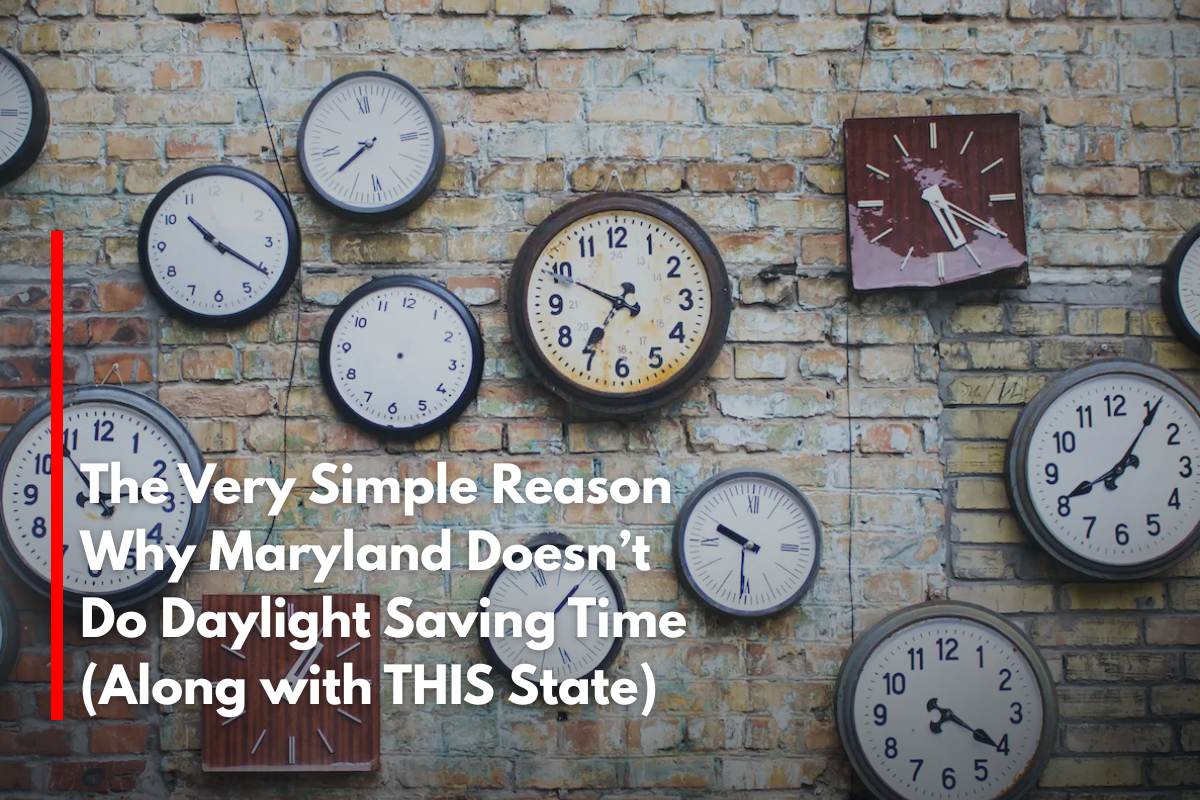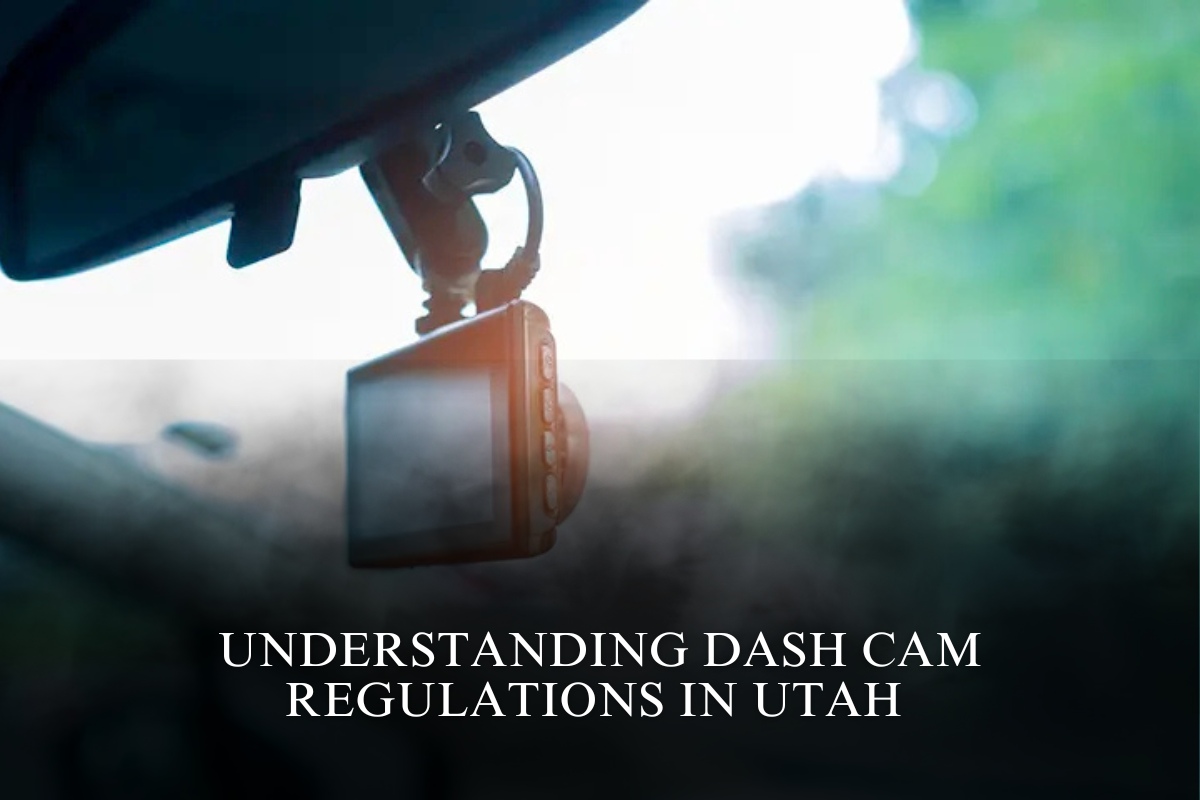Daylight Saving Time (DST) is a practice observed in most U.S. states, where clocks are set forward by one hour in the spring and set back in the fall, aiming to make better use of daylight during the longer days of summer.
However, Maryland does observe Daylight Saving Time currently, but there have been legislative efforts and discussions about potentially making DST permanent, or in other words, not switching clocks twice a year anymore. Despite these efforts, Maryland is bound by federal law in how it implements time changes.
Maryland’s Position on Daylight Saving Time
Maryland currently follows the national schedule for Daylight Saving Time, moving the clocks forward in spring and back in fall. There have been bills introduced in the state legislature to make DST permanent, which means keeping clocks one hour ahead all year round. This change is motivated by concerns over health risks, economic benefits, and improving quality of life by having more evening daylight.
However, the essential limitation is that Maryland cannot unilaterally make DST permanent without a corresponding change in federal law. The Uniform Time Act of 1966 governs the observance of DST across the United States, allowing states two options: follow the federal DST schedule or completely opt out of DST and stay on standard time year-round. Maryland is currently following the federal DST schedule.
The Only States that Don’t Observe Daylight Saving Time
The very simple reason why Maryland does not avoid DST, unlike certain other states, is its adherence to the federal requirement and the absence of opting out. The only two states in the U.S. that do not observe Daylight Saving Time at all are Hawaii and Arizona (with the exception of the Navajo Nation within Arizona).
Hawaii decided not to observe DST because its tropical location near the equator results in relatively consistent daylight hours year-round, making the practice unnecessary and disruptive.
Arizona opted out largely due to its hot desert climate, where extending evening daylight would mean higher energy use to cool homes during the hottest parts of the evening.
Why Maryland Can’t Just Opt Out
Maryland’s geographic location and climate mean that the benefits of DST are more relevant than in Hawaii or Arizona. Plus, the state’s proximity and economic ties to neighboring states like Virginia, Pennsylvania, and Washington, D.C., make uniform timekeeping important to avoid confusion and disruption in daily activities such as commerce, commuting, and broadcasting.
For Maryland to stop observing DST or to make permanent DST a reality, Congress would need to amend the federal law. Until then, Marylanders continue with the biannual clock changes.
Summary
Maryland currently does observe Daylight Saving Time according to federal law.
The state cannot independently decide to stop DST or stay on permanent DST without federal legislation.
Only Hawaii and Arizona have opted out of DST due to their unique climates and geography.
Maryland’s discussions around DST focus mostly on whether to make DST permanent, but are constrained by current federal rules.
Uniform time observance with neighboring states is a practical consideration for Maryland.
Maryland’s continued observance of Daylight Saving Time and its inability to opt out is simply because federal law permits only two choices: either follow the DST schedule or remain on standard time year-round. Maryland is not among the two states that have chosen the latter, with Hawaii and Arizona being the only exceptions in the U.S.
Sources
[1] https://www.timeanddate.com/time/change/usa/maryland
[2] https://www.rd.com/article/states-dont-observe-daylight-saving-time/
[3] https://cnsmaryland.org/2020/03/03/md-would-spring-forward-permanently-with-daylight-saving-time-bill/
[4] https://www.cbsnews.com/news/states-without-daylight-saving-time/
[5] https://wtop.com/local/2020/03/does-permanent-daylight-saving-time-make-sense-for-maryland/







